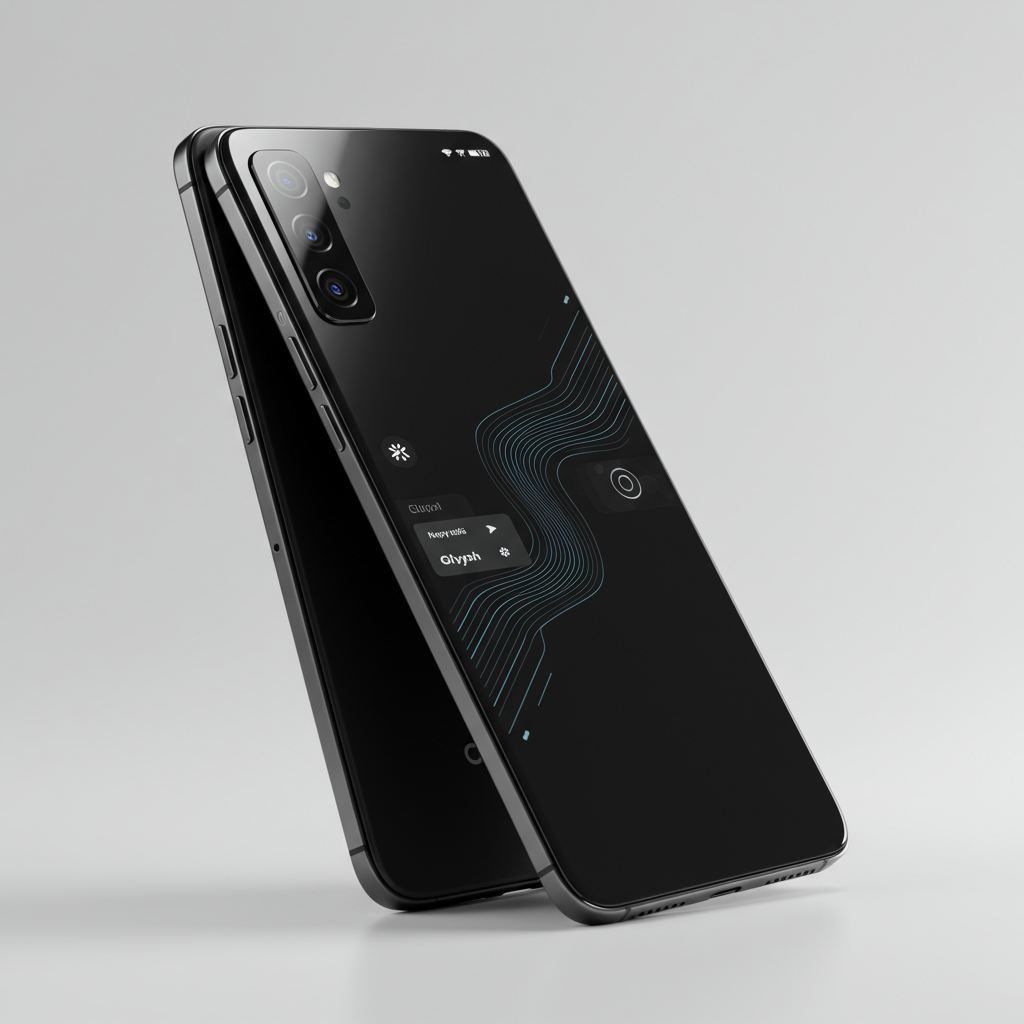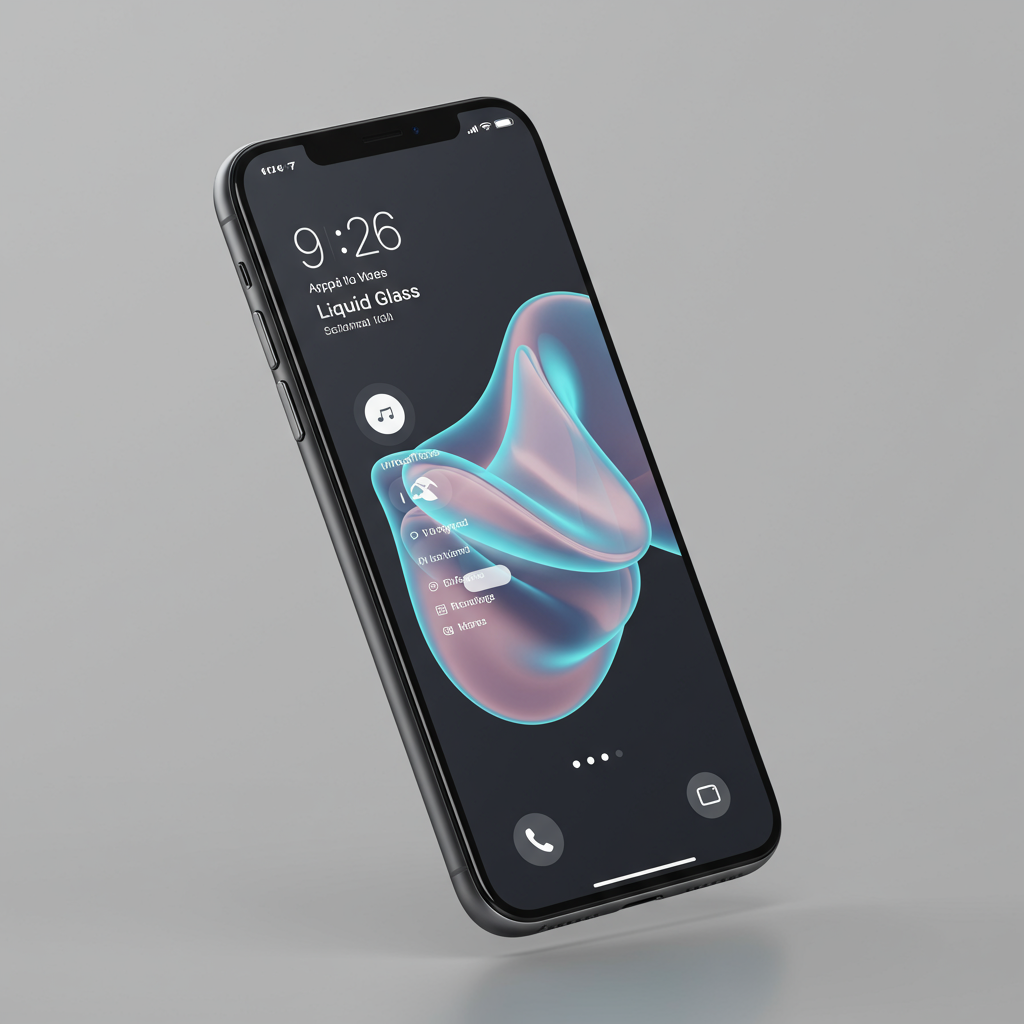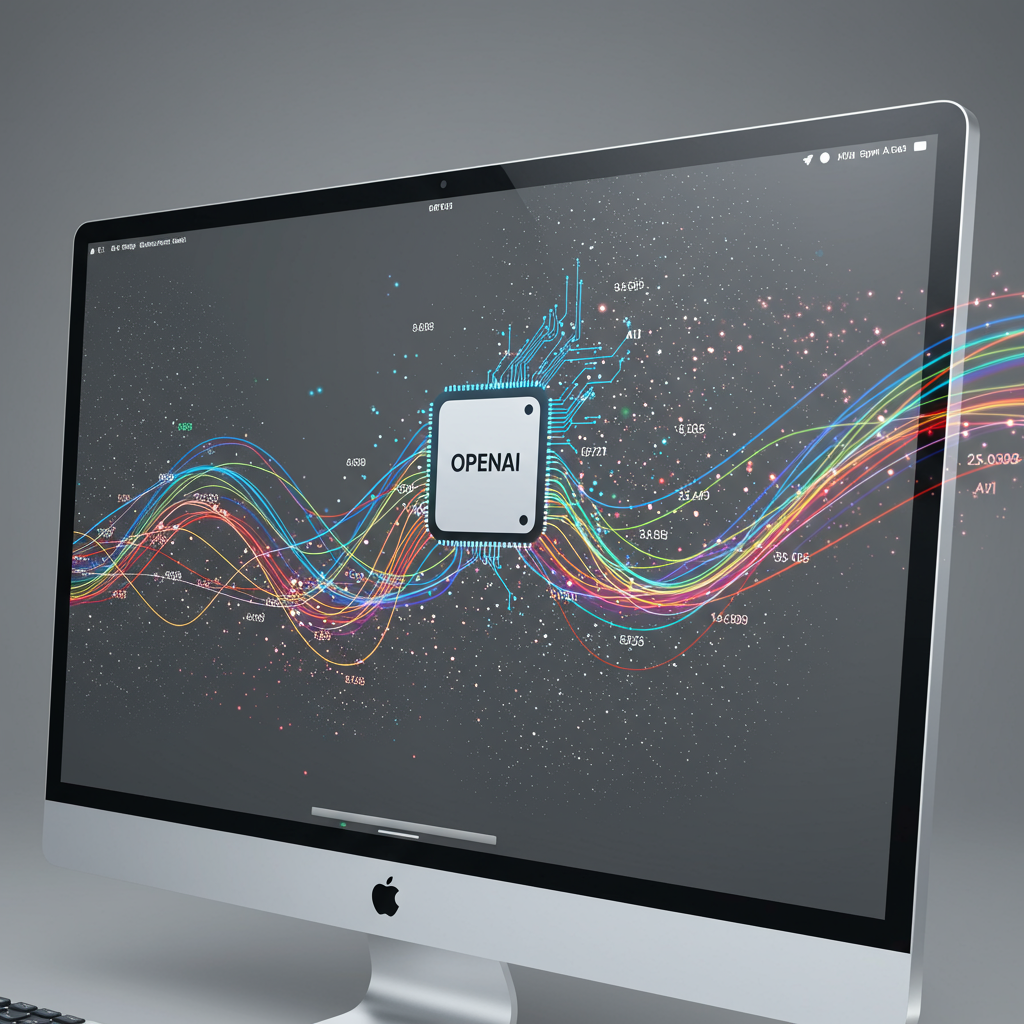Foldable phones have been navigating the smartphone landscape for over five years, evolving with each generation and fostering genuine competition. Yet, despite having the opportunity to test many of these innovative devices, I’ve never felt the pull to make a foldable my primary phone.
It’s not a reflection of the technology itself; some foldable models are genuinely impressive. The Motorola Razr 2023, for instance, left a positive impression during my review. Instead, my hesitation stems from a pragmatic—some might say frugal—perspective: I haven’t seen compelling enough reasons to justify the premium price tag that foldables, particularly book-style ones like Samsung’s Galaxy Z Fold series, command.
Samsung is gearing up for the release of its next foldable lineup, heavily rumored to debut around July 9th. While devices like the upcoming Galaxy Z Fold 7 and Galaxy Z Flip 7 are expected to bring advancements, my current stance on owning one remains unchanged unless Samsung shifts its strategy.
Are Samsung’s Priorities Misplaced?
Based on Samsung’s public teasers, which aim to build excitement for the new foldables, there seems to be a strong emphasis on making the devices thinner and lighter. The company has hinted at delivering the “thinnest, lightest and most advanced foldable yet.”
While these design improvements are welcome—nobody would object to a more portable Z Fold, and enhanced durability is always a plus for a device that folds and unfolds repeatedly—I feel Samsung is focusing on the wrong battle. With the Galaxy Z Fold 7 marking the seventh iteration of this design (and the Z Flip entering its fifth year), the argument that a foldable design is viable has largely been won. The industry is full of rival devices adopting similar form factors.
Consider the Galaxy Z Fold 6: at 5.6mm when open, it’s already thinner than some non-foldable flagships like the Galaxy S25 Edge. Its 8.4-ounce weight is only marginally heavier than the Galaxy S25 Ultra. Pushing for even greater thinness and lightness might offer only marginal gains at this stage, potentially even compromising features like battery life or S Pen functionality, as some rumors for the Z Fold 7 have suggested.
If the price of foldable phones isn’t going to drop significantly—and all signs point to them remaining premium devices—Samsung needs to articulate why consumers should pay upwards of $1,899. The focus should be on the unique value proposition that only a foldable can offer, not just refining the form factor.
What Could Make the Galaxy Z Fold 7 Worth the Cost?
For me, the justification for a foldable’s high price needs to come from leveraging its unique design for enhanced functionality.
1. Unlocking Multitasking Potential:
The large inner display of the Galaxy Z Fold series is a natural fit for multitasking. Samsung has made strides here, allowing up to three apps simultaneously and including a useful taskbar. However, there’s room for more dynamic and intuitive approaches, like the “Open Canvas” feature seen on the OnePlus Open, which hasn’t been updated in almost two years, suggesting a gap Samsung could fill. More importantly, a wider range of apps needs better optimization to truly take advantage of the expansive screen, making the Z Fold feel indispensable for productivity on the go.
2. Foldable-Specific AI Innovation:
Samsung has heavily invested in Galaxy AI, introducing features like Sketch to Image. While powerful, many of these features are now available across various Samsung devices, including the Galaxy S25 lineup, making them less of a unique selling point for foldables. Samsung’s teaser about “seamless AI integration optimized for the foldable format” offers hope. We need AI features that are genuinely designed for, or significantly enhanced by, the ability to fold the screen, split displays, or prop the device in different angles. This could be a true differentiator.
Addressing Key Pain Points with Rumored Upgrades
Beyond multitasking and AI, recent leaks and rumors hint at significant hardware changes for the Galaxy Z Fold 7 that directly address weaknesses of previous models, potentially adding tangible value.
Camera Upgrades: The camera system has often been cited as a compromise compared to Samsung’s standard flagship S Ultra phones. A major rumored upgrade for the Z Fold 7 is the potential inclusion of the 200MP main camera sensor found in the Galaxy S25 Ultra. This would be a substantial leap from the Z Fold 6’s 50MP sensor. Interestingly, leaked renders also suggest Samsung might revert the inner display camera from an under-display camera (UDC) back to a visible punch-hole cutout. While seemingly a step back aesthetically, this change is likely aimed at significantly improving the image quality of that specific camera for selfies and video calls, where the UDC’s quality has been lacking.
Improved Screen Dimensions: A common criticism of previous Z Fold models is the narrow aspect ratio of the outer cover screen. Rumors suggest the Z Fold 7 will address this by adopting a wider form factor. This change allows for a larger outer display (growing from 6.3 inches on the Z Fold 6 to a more standard 6.5 inches) and a larger inner folding screen (increasing from 7.6 inches to potentially 8.2 inches). These adjustments could make the phone feel more usable when closed and provide a more expansive, comfortable experience when open.
Enhanced Durability: Foldables inherently face challenges with dust ingress due to their design. While the Z Fold 6 offers IPX8 water resistance, its IP4X dust rating only protects against particles larger than 1mm. Rumors point to the possibility of an improved IP59 rating for the Z Fold 7, maintaining waterproofing while adding protection against smaller dust particles. Though not full dust-proofing, any step toward better resilience for a high-cost device with moving parts is a significant positive.
Latest Software Out of the Box: Another promising rumor is that the Galaxy Z Fold 7 will launch pre-installed with One UI 8, based on Android 16. Getting the latest software experience from day one is a crucial aspect of the premium device experience and signals better immediate software support.
Waiting for the Unpacked Moment
With a price point expected to hover around $1,899, the Galaxy Z Fold 7 truly needs to deliver excellence on all fronts. The potential combination of a vastly improved camera, more usable screen dimensions, enhanced durability, the latest software, and crucially, compelling foldable-specific AI and multitasking features, could collectively build a stronger case for its hefty price tag than previous generations managed.
Samsung is widely anticipated to host its next Galaxy Unpacked event around July 9th, where the Z Fold 7 is expected to be unveiled alongside other devices like the Z Flip 7 and potentially a new Z Fold Ultra model or Galaxy Watch 8 series. I’ll be watching closely to see if these promising rumors materialize and if the Galaxy Z Fold 7 offers enough tangible value to finally convince this skeptical reviewer that a foldable phone is truly worth it.




